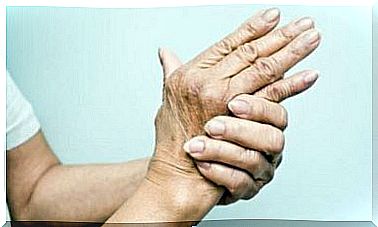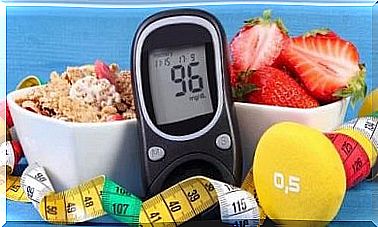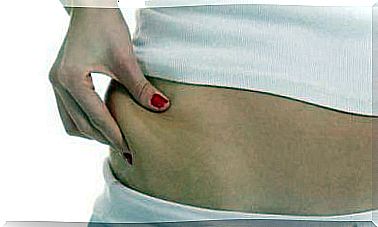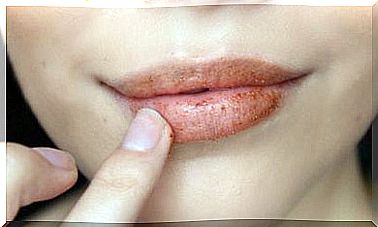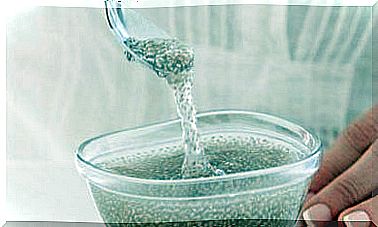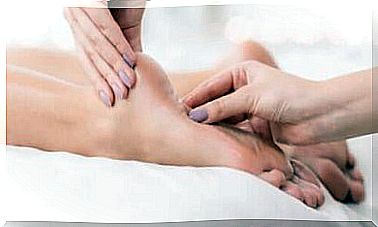Child Resuscitation – How To Do It?
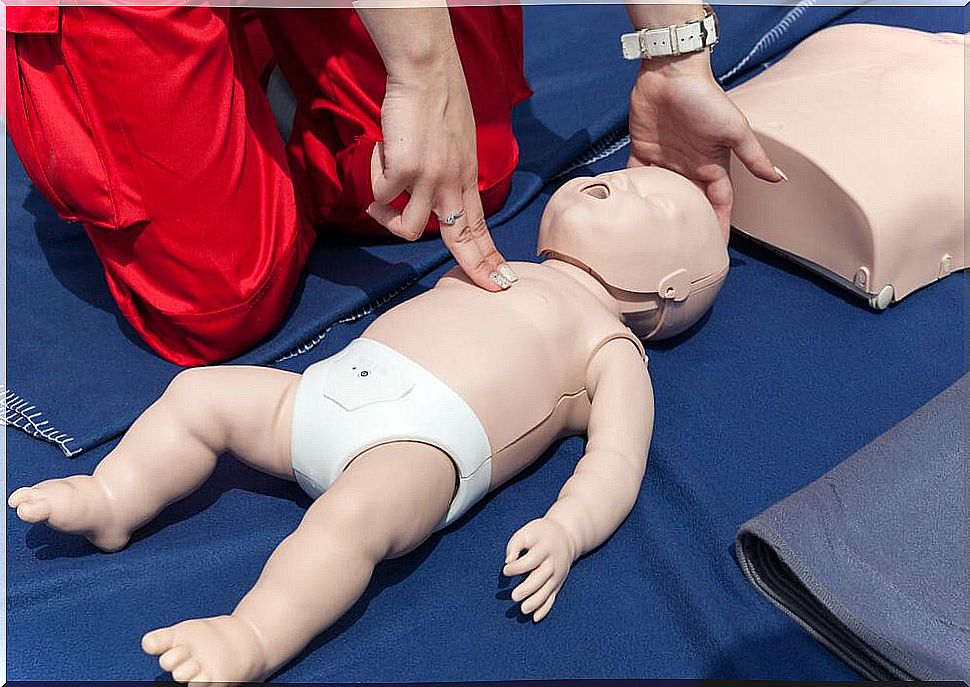
Resuscitation techniques dedicated to children are tools for situations in which we would never want to find ourselves. Undoubtedly, however, knowledge in this field may prove invaluable. Baby resuscitation is a skill that every parent should learn.
Cardiopulmonary resuscitation is a rescue procedure that is used in the event of cardiac or respiratory arrest in a child. However, the CPR formula outlined in this article is not a substitute for specialist training. Importantly, it is worth getting acquainted with, for example, the basic concepts.
There seems to be no need to explain why it is important to know the principles of CPR. At any moment, a child may unexpectedly create a risky situation for himself. We, as adults, have eyes around our heads, but we cannot predict everything.
The CPR procedures in this article are dedicated to helping children. However, keep in mind that CPR and the rules associated with it change with the age of the child.
When is CPR needed?
Children are born explorers. They want to get to know the world around them, understand what surrounds them: and this is often associated with dangers. They can become victims of accidents, putting their lives at risk.
Above all, remember that in the event of an emergency: time is of the essence. When you notice that your baby is unconscious and not breathing: remember that only 4 minutes is enough and is at risk of permanent brain damage due to hypoxia. Death can occur 4 to 6 minutes later.
If you notice your baby making strange noises or making no sound, her skin color changes and the baby may choke. You need to act quickly, but most importantly, stay calm to perform accurate CPR.

What can cause my baby to stop breathing or stopping heartbeat?
- Choking on small items such as buttons, coins, fragments of toys or food.
- Complications with lung disease.
- Poisoning with food, drugs or toxic substances.
- Drowning in a bathtub or in water bodies.
- Electric shock.
- Excessive bleeding from the resulting wound.
- Skull trauma and other serious fall injuries.
Child resuscitation – step by step
1. Quick assessment of the situation
As mentioned: if your baby has difficulty breathing or is not breathing, his skin changes color – we need to identify what is blocking the airflow. Coughing is a natural mechanism to eliminate obstruction.
When the child is unconscious: use CPR to regain vital functions. Also call the emergency services immediately or ask someone nearby to do so.
But remember that if you are alone with your baby: don’t leave him or her to call an ambulance. First, use two minutes of CPR and then call for help without losing sight of your baby. All these procedures must be performed with the utmost care and delicacy.
To evaluate the breath, we use the “three P’s” method:
- look at the chest to see if it is rising,
- then feel the warmth of the exhaled air on your cheek,
- listen to the breathing sounds for ten seconds.
2. The child is conscious – help remove the threat
- Rest the baby on your forearm, with the same hand supporting the head and neck. With the other hand, place the child in the center of the forearms.
- Use your thumb and forefinger to hold the baby’s jaw. Bring the baby’s face down on the other forearm. Support the arm that your child has on your thigh. The baby’s head should be facing the bottom of his chest.
- With your free hand, make a few precise blows between the baby’s shoulder blades to expel the toxic object. Keep your jaw tight to keep your head and neck in a stable position. The child may begin to vomit when coughing up the remaining object. Keep him in this position so he doesn’t choke.
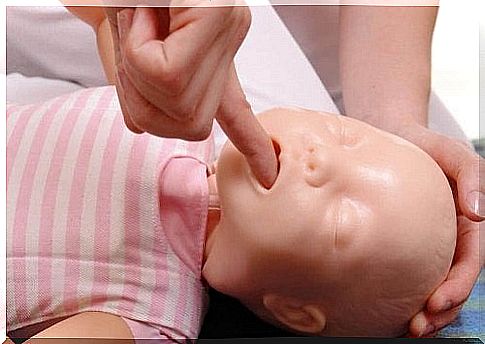
- If the baby doesn’t cough up the item, place him on his stomach on your thighs . The head should be held firmly below the torso. Make a fairly strong pressure on the abdomen just below the breastbone with the index and middle fingers.
- Compress the chest up to 3-4 cm. Release the pressure so that the chest can return to its normal position without taking your fingers off the sternum.
- Give 5 chest compressions, gentle. Repeat the procedure: turn the baby over on his back and make 5 thrusts. Then repeat the chest tensions. Repeat until you manage to get the item blocking the breathing out.
3. The child is unconscious – CPR is required
- Check the baby’s vital signs. Shake him, call him by name. Check that your chest is moving and listen to your breath.
- Then, carefully place your baby on his back on a hard surface. Hold your forehead with one hand and tilt your head back. With the other hand, apply pressure on the child’s chest, from 3 to 4 centimeters.
- Use two fingers (thumb and forefinger) to pinch the lobes of the nose together.
- Cover your baby’s mouth with your mouth to keep it sealed.
- Take 2 breaths to raise the baby’s chest. Immediately give a series of 30 chest compressions and repeat the series of breaths.
- If the baby is still not breathing: check that something is not blocking the airway. Only if you can see it: try to pull out the overlying object with your little finger.
- Repeat compressions and 2 breaths until the baby improves or help arrives.
Resuscitation and precautions to be taken
There are a number of risks associated with inadequate CPR. Among other things, it may damage the spine, twist the head or neck. It’s best if we have a second person to help.
In addition, remember that when a child is bleeding: the first thing to do is to assess the condition of the wound before starting CPR, as bleeding may occur.
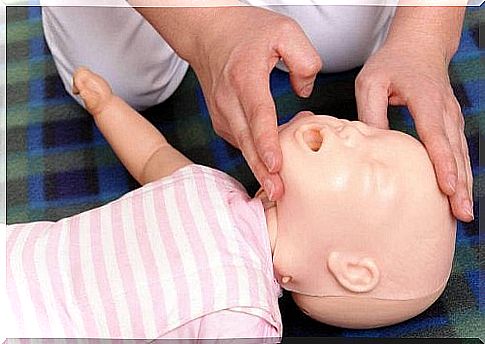
If you are completely alone: remember to perform CPR for 2 minutes first, then call for help.
In the event that an automatic external defibrillator is available, ready for use: you can perform CPR with it. Place the elements on the chest and restore the baby’s vital functions automatically.
However, you must make sure that the defibrillator is intended for use with children. Follow the instructions. We hope you will never have to apply this procedure in your and your baby’s life.
